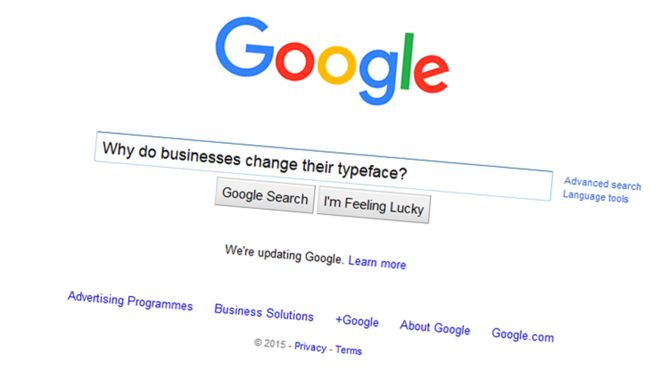- 4 September 2015
- Technology
Technology in hands
Moto 360 vs Samsung Gear S2 vs Apple Watch which one is your choice?
It's the season of smartwatches - let the battle begin!With Android Wear now compatible with iOS-powered gadgets (read: Apple), there's more reason to venture into the world of smartwatches, even owning more than one. The newly released Moto 360 is one of those options elbowing for serious attention, along with Samsung's Gear S2 and the Apple Watch. Which one deserves your vote?
"Motorola has two different sizes available for this year's Moto 360. There's a 42mm version which is the same as Apple's largest offering and a slightly bigger 46mm version for those who prefer chunkier watches,"9to5Mac described.
"Each model packs a 1.2GHz Snapdragon 400 quad-core processor, 4GB of storage, and 512MB of RAM," the site added. "On the 42mm version there's a 1.37-inch display with a 360×325 resolution, while the 46mm features a 1.56-inch display coming in at 360×330."
"In comparison, the 42mm Apple Watch's 1.5-inch OLED display has a slightly higher pixel density with its 312×390 resolution," 9to5Mac pointed out.
The Gear S2 has "a resolution of 360x360 with a pixel density of 302 pixels per inch" and "runs on a dual-core, 1 GHz clock," according to Tech Times.
Looks like Apple wins in the resolution game with 326 ppi.
"It has 4 GB of locker space and 512 GB of Ram," the site added. "It also has the requisite accelerometer, an ambient light sensor, a barometer, a gyroscope and heart rate sensors."
On the other hand, the Moto 360 (2015) can be customized via the Moto Maker design studio. You can pick the color, material, bezels, or bands for your very own smartwatch. It's also water-resistant, along with the Apple Watch and the Gear S2. However, unlike the first two devices, Samsung's smartwatch models do not run Android Wear as it operates on Tizen OS. However, it will "run on non-Samsung Android phones with 4.4 KitKat and 1.56GB of RAM," according to Digital trend
Between the Gear S2 and the Moto 360 (2015), both of which have specs pretty much on par with each other, those who won't mind non-iOS compatibility may do well with the former. However, if you're particular about cost, the Motorola model may be the more feasible option for you as it's been speculated to be less expensive than the Samsung model.
However, compared to Apple Watch, the S2, though pretty much one of the "best-built and designed" non-Apple device, is not quite on par with the Apple Watch.
"Something about the Apple Watch made it feel a bit more 'premium' in hand and on wrist," Android Central said. "It might just be the weight of the Apple Watch, our 42mm stainless steel version clocks in at 50 grams, while the Gear S2 Classic is a relatively lighter 42 grams."
"When it comes to software quality and performance, the Gear S2 matches the Apple Watch in our estimation," it added. "It was blazingly fast and responsive, the navigation was generally clear, discoverable, and sensible."
With that, the deciding factor would be personal preference, particularly in cost and choice of mobile OS. Which one would you pick?
Fake Samsung galaxy note 5
Samsung has been under intense scrutiny this year. Not from courts, not from Apple, not even from most tech journalists. Indeed it is consumers who seem to be the most angry with the Korean OEM, and for good reason: 2015 marks the first time that the company’s flagship halo products, the Galaxy S and Galaxy Note series, have eschewed support for longtime staples: a user-replaceable battery and support for microSD. The Note series in particular, has long been the go-to source for all things storage related; because of its large screen size, the phablet is ideal for watching movies, consuming media, and playing games, all things that will eventually max-out what is on-board.
In the past few hours, a story has been circulating around the web that is claiming “proof” the Galaxy Note 5 will include support for microSD. The evidence is the following picture:

This picture is being touted as “proof” the Galaxy Note 5 Dual will have microSD support, though it looks like nothing more than an A8.
This picture comes from a report by Chinese-language site and indeed the assertion coupled with the image above definitely imply that there is a big secret unearthed. Unfortunately, it looks like a typical case of “too good to be true”.
Rumor control:
Despite the source’s “confirmation” and several other news channels are reporting as such, Samsung itself has yet to clarify the microSD assertion. On the other hand, the picture above looks exactly like the Galaxy A8, especially given the curve and shape of the frame; the Note 5 has a more abrupt slide on the side. Take a look:
While the Galaxy Note 5 arguably has a similar frame to the S6 Edge (just on the rear side), the A8 has a much different one. The picture in the center, the “leak”, looks an awful lot like the A8, especially considering the SIM card trays fall into place perfectly. This is further suggested by the placement of the SIM tray on the single-SIM Note 5:

While we don’t yet know where Samsung intends to place the SIM 2 tray, it’s possible that an elongated, single tray could be used that has room for both rather than a second, wholly independent tray.
What most likely happened is that the source of the story took existing rumors stating the Galaxy Note 5 Dual will include microSD, then found the “proof” picture and immediately made the correlation, perhaps unaware of the Galaxy A8.
Why would the Dual SIM variant have it?
Despite the rather sizable evidence that suggests this “confirmation” is little more than a hoax, this isn’t the first time we’ve heard talk suggesting the Note 5 Dual will support microSD. Granted that Samsung supporters in Europe are no doubt still reeling over learning the Note 5 won’t release in their territory this year. This new notion, however, would have the potential to substantially agitate a much, much larger segment of the global tech population, at least those that know about it. Assuming it were true, let’s consider just why Samsung might do such a thing:

Economics:
Asia is home to two of the world’s most populated countries, China and India. Both of them, along with numerous others in the region, have economic and income issues that make purchasing products like the Galaxy Note 5 a very difficult payment proposition. We already know that the Note 5 will come in a 32GB and 64GB storage option, with the latter obviously commanding a higher price than the former. It would reasonably follow that for many would-be customers, the extra cost required to purchase the 64GB variant would make it even lessfeasible.
By including microSD support, Samsung could thus allow for users who purchase the 32GB model to still have more than enough space for all their media.
Competition:
The sheer number of smartphone manufacturers in Asia is impressive, especially given how prominent many of them are becoming. China in particular, has Huawei, Xiaomi, Oppo,OnePlus, ZTE, Lenovo, and numerous others. India too, has its own local OEMs such asMicomax or YU. Many of these companies have long since been releasing products made with premium parts (glass or aluminum), support microSD, and cost significantly less than the flagships Samsung produces.

The OnePlus One and OnePlus Two are just some of the high end, low-priced products coming out of China these days.
Simply put, Samsung would ideally need to include microSD in the Galaxy Note 5 Dual for the sole point of being competitive with rival products. This is all the more relevant given the higher price point: as nifty as the Note 5 might be, how many budget-conscious consumers are truly willing to part with potentially double or even triple the cash outlay just to get Samsung’s offering? All the more so if it offers less than the others.
Out of orbit (back down to Earth):

Assuming it’s compatible, a product like this looks to be the best option for those in need of microSD support for the Note 5.
While the prospect of a Dual SIM Galaxy Note 5 would certainly make a lot of people very happy, it would also likely make so many more angry given the unavailability of the product in their country. While it’s still possible the product will be announced and include the missing functionality, given Samsung’s clear-and-divisive product strategy this year, the possibility seems quite small indeed.
Stranger things have been known to happen, but until they do -or at least until concrete proof is provided- it’s best to just accept reality for what it currently is: the Galaxy Note 5 does not, and most likely will never, support microSD.
The Galaxy Note 5 was announced earlier this week and includes a 5.7-inch QHD sAMOLED panel, an Exynos 7420 processor with 4GB RAM, 32GB or 64GB of on-board storage, a 16MP rear shooter with OIS, a 5MP front cam, a 3000mAh battery, and Android 5.1. Gone are staples like an IR blaster, microSD support, and a removable battery. For more details, please see ourfull coverage here.
Samsung Gear S2 vs LG urbane Watch The features comparison
Samsung Gear S2 vs LG urbane Watch The features comparison
Samsung's experience in the smart wearables category is, at this point, second to none, and the company seems to have learned quite a lot in the past year and a half. All this knowledge is now being made good use of with the company's new Gear S2 smartwatch, powered once again by Tizen, not Google's Android Wear platform. And while the smartwatch scene is getting more and more crowded, one of the most obvious competitors of the S2 will be cross-town rival LG's Watch Urbane, which is nevertheless at a distinct disadvantage: it was made official half a year ago.
Can the Urbane compete, or is Samsung's newer and meaner Gear S2 the superior product? While we're not rushing into a final verdict just yet, we're nevertheless taking our first look.
Design
While both the Gear S2 and the Watch Urbane have their own design intricacies, perhaps the first thing you're bound to notice were you to put them side by side is the difference in size: the latter is visibly larger, even though its display is only slightly bigger. Samsung has promised to bring to market a larger model at some point in the near future, though, but that one is still not available for us to play with, so we're going to stick with what we already know about the existing model.
In any case, since we've got the more modernistic, sporty-looking Gear S2 at hand, it should be noted that it'll appeal to a different demographic or fit a particular set of occasions and outfits compared with the Urbane and its classic design. Indeed, while the latter wins points in our mind just because it's such a good attempt to bring together geeky and classy, Samsung still deserves applause for the S2. The new smartwatch is definitely stylish, and it actually goes in a different direction when talking user experience, thanks to that rotating bezel and the two distinct buttons on the right hand side. The top one — alike a power button — can be used to navigate back home, while the smaller piece on the bottom works like an Android device's back button. In comparison, the LG Watch Urbane has no rotating bezel, and makes do with a pronounced, digital crown button on the right used mostly to wake and sleep the screen.
Display
While the LG Watch Urbane runs on Android Wear, Samsung continues to develop its own Tizen operating system for its wearables. The Gear S2 runs a visually unique, fully fitted UI, which runs smooth and synergizes with the rotating bezel perfectly.
In terms of apps, the Wear platform is probably the one which will be favored by developers for quite some time. The Gear S2 will still, however, will have more than 1,000 apps available for it at launch, according to Samsung. Additionally, for out-of-the-box experience, especially when synced to a Samsung handset, we find the Gear S2 to be the more software-rich product, while Wear is still in a bit of a skeleton stage.
Now, at the time of writing this, an Android Wear sync app has already become available in the iOS App Store. The Gear S2 was hinted to be available for platforms other than Android, b
Hacked Jeep USB update criticised
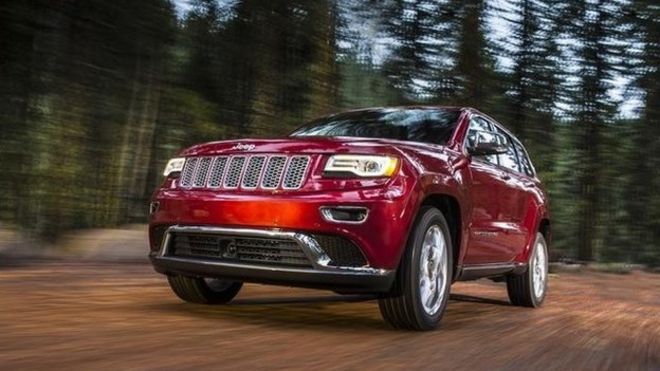 Image copyrightFiat Chrysler
Image copyrightFiat Chrysler
Fiat Chrysler has started distributing a software patch for millions of vehicles, via a USB stick sent in the post.
In July, two hackers revealed they had been able to take control of a Jeep Cherokee via its internet-connected entertainment system.
The car firm has been criticised by security experts who say posting a USB stick is "not a good idea".
Fiat Chrysler has not yet commented to the BBC.
'Fishing for victims'
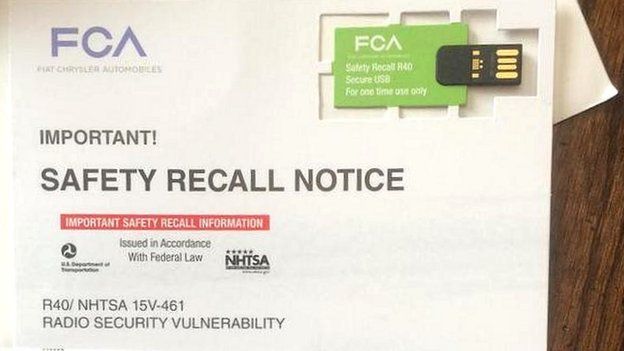 Image copyrightJason Cox
Image copyrightJason Cox
"This is not a good idea. Now they're out there, letters like this will be easy to imitate," said Pete Bassill, chief executive of UK firm Hedgehog Security.
"Attackers could send out fake USB sticks and go fishing for victims. It's the equivalent of email users clicking a malicious link or opening a bad attachment.
"There should be a method for validating the authenticity of the USB stick to verify it has really come from Fiat Chrysler before it is plugged in."
He said that using a device like this had wider implications.
"Hackers will be able to pull the data off the USB stick and reverse-engineer it. They'll get an insight into how these cars receive their software updates and may even find new vulnerabilities they can exploit," he told the BBC.
In July, security researchers Charlie Miller and Chris Valasek demonstrated that it was possible for hackers to control a Jeep Cherokee remotely, using the car's entertainment system which connected to the mobile data network.
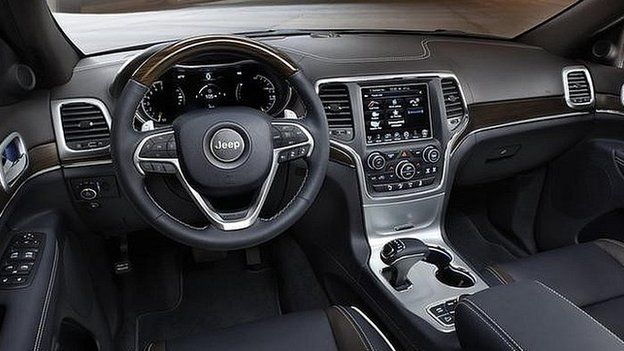 Image copyrightFiat Chrysler
Image copyrightFiat Chrysler
The flaw affected up to 1.4 million vehicles sold in the US.
At the time, Fiat Chrysler issued a voluntary recall so that customers could visit a dealership to have the software updated in affected vehicles. It also made asoftware update available to download from its website for tech-savvy users.
Fiat Chrysler told technology magazine Wired: "Consumer safety and security is our highest priority. We are committed to improving from this experience and working with the industry and with suppliers to develop best practices to address these risks."
Source: BBC
Mobile phone tracking crackdown in US
- 4 September 2015
- From the sectionTechnology
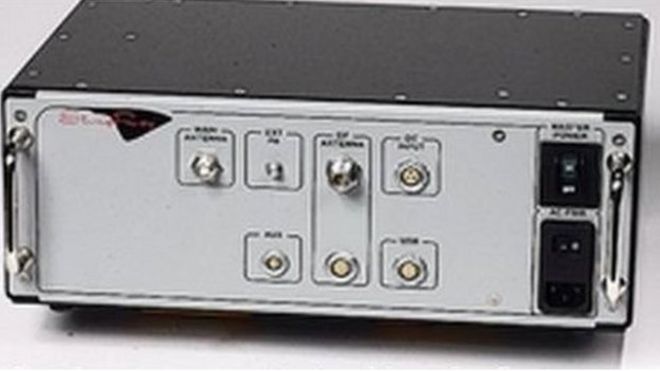
The US government is cracking down on the way law enforcement agencies use technology to track criminals.
Fake mobile phone towers, often called Stingrays, offer valuable information about suspects but also collect vast amounts of data from innocent passers-by.
From now on, agencies will need to obtain a search warrant to use such devices.
The US Department of Justice said it wanted to protect citizens' privacy.
"Cell-site simulator technology has been instrumental in aiding law enforcement in a broad array of investigations, including kidnappings, fugitive investigations and complicated narcotic cases," Deputy Attorney General Sally Quillian Yates said in a statement.
"This new policy ensures our protocols for this technology are consistent, well-managed and respectful of individuals' privacy and civil liberties," she added.
The policy, which takes effect immediately, applies to the Federal Bureau of Investigation (FBI) the Bureau of Alcohol, Tobacco and Firearms, the Drug Enforcement Administration (DEA) and the United States Marshals Service.
It does not apply to local police forces although some states, including Washington, Virginia, Minnesota and Utah, have already imposed a warrant requirement.
Shrouded in secrecy
The portable boxes can be used to determine the location of a suspect and can also intercept calls and text messages.
The American Civil Liberties Union (ACLU) estimates that up to 53 agencies in 21 states own Stingrays.
It has long complained that the use of the technology is shrouded in secrecy, making it hard to accurately pinpoint how widely they are used.
ACLU lawyers welcomed the move but said that more could be done to extend the policy to all law enforcement agencies.
It also pointed out that there were several loopholes in the legislation that allowed law enforcers to use the technology without a warrant.
Earlier this year, German security firm GSMK Cryptophone claimed to have uncovered evidence of at least 20 instances of the use of cell-site simulators in the UK.
The Metropolitan Police Service refused to confirm or deny it was using them.
Source : BBC
Why Google change LOGO
Google has altered its typeface. Cue much discussion about what subtle message the company is trying to convey.
After Google's biggest logo redesign since 1999, people have likened the typeface to that used in achildren's book. Some suggest it is "infantilised" while others believe the hoo-hah will soon die down. A few have even expressed delight at the redesign.
"It's amazing what clipping off a few serifs can do,"wrote Slate Magazine's web designer Derreck Johnson. "The letters have this flow to them, a rhythm and a balance," typography expert Brian Hofftold Fusion.
Serifs, in layman's terms, are the "little tails" on letters in some typefaces. Google's new logo, having last been updated in September 2013, has done away with serifs in a bid to appear "simple, uncluttered, colourful and friendly". It comes a month after it announced plans to create Alphabet, a new parent company. Both will use the typeface Product Sans.
When Google first rose to prominence, it was generally accessed from a desktop computer. The challenge for the company now is to be easily understood on a multitude of platforms, devices and apps which didn't previously exist.
Google says the logo was "tested exhaustively" before being chosen. In an official blog post, it suggests it was looking to retain a "simple, friendly and approachable style". The new typeface is easily scalable.
A glance at some of the oldest newspapers in the world reveals a strong penchant for serifs. The Daily Mail, the Sydney Morning Herald and the New York Times all use them, although the latter recently refreshed the typeface of its magazine to reflect how times have changed since the pullout was first printed in 1897.
Companies change their typefaces to keep them up to date, or because an old logo no longer fits with a new business strategy, says graphic designer David Airey, author of Logo Design Love. This could range from a small refinement to a complete redesign.
"Google is one of the world's most innovative companies, so the previous serif wordmark was never really the right fit, particularly considering the young age of the business. Serif typefaces are generally more suited to traditional companies with a lot of history and heritage. It makes sense for Google to be identified by a more contemporary mark."
The cost of implementing the physical change at its offices is likely to be quite small although the company has already updated the logo outside its headquarters in California.
Google is hoping this update will stand the test of time. For those interested in those redesigns which haven't endured, there's a place you can search for that.
Subscribe to:
Posts (Atom)





